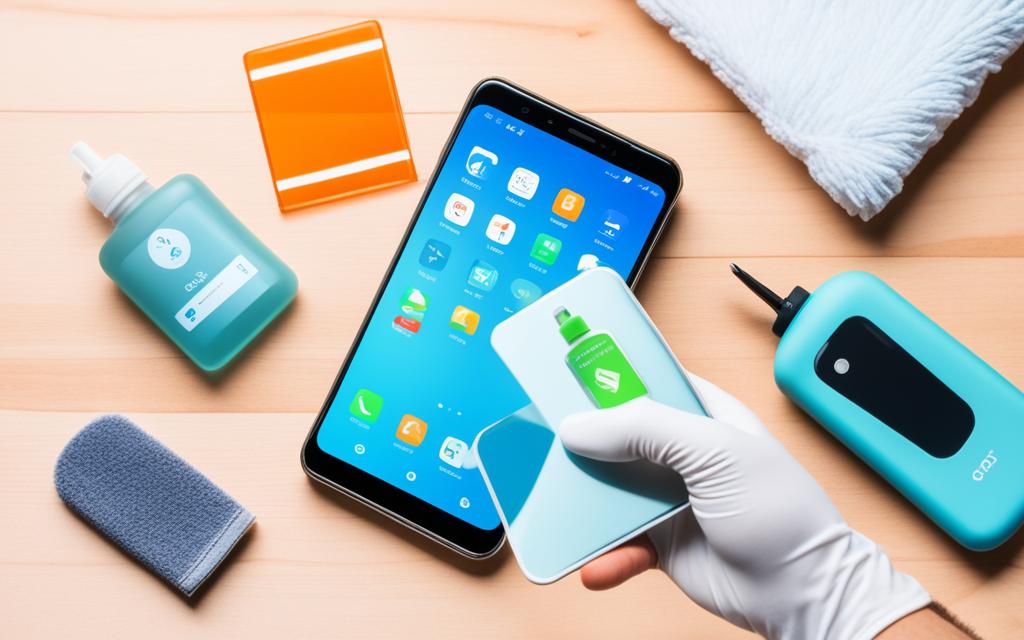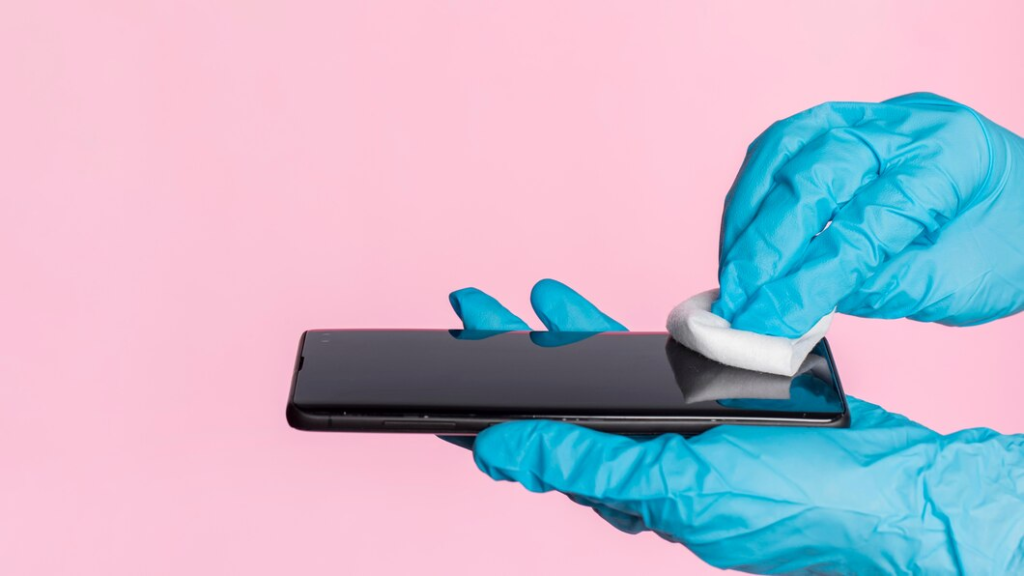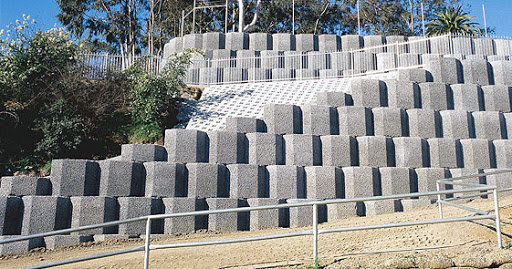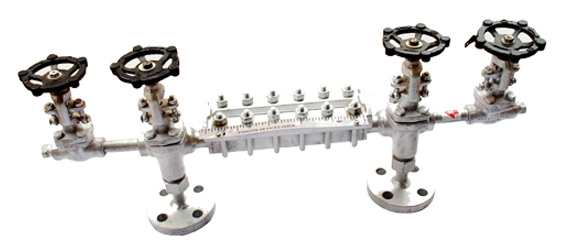Maximising Your Smartphone’s Lifespan: The Essential Role of Screen Protectors
Modern smartphones are marvels of technology, offering an array of features that were the realm of science fiction just a few decades ago. With the increasing dependency on these devices for everything from communication to entertainment and work, it is paramount to ensure they are well-protected. An essential step in prolonging the life of a smartphone is safeguarding its most vulnerable component – the screen. This is where a screen protector becomes more than a mere accessory; it is an investment in the device’s longevity.

The Intrinsic Value of Screen Protectors
At the core of a smartphone’s functionality and aesthetics is its display. The touchscreen not only provides a visual interface but also serves as the primary point of interaction. However, its constant exposure makes it susceptible to damage from drops, scratches, and impacts. The intrinsic value of using a screen protector lies in the layer of defense it adds, preserving not just the visual quality of the display but also the responsiveness and overall user experience.
The Defence Mechanism Explained
A screen protector acts as a shield, absorbing the brunt of the impact that can occur from everyday use. It is the first line of defence against keys in a pocket, coins, or accidental encounters with various surfaces. These protective layers come in different materials like plastic or tempered glass, each offering various levels of protection and user experience enhancements.
Impact on Resale Value
For many, the clearest benefit of a screen protector is the preservation of the smartphone’s resale value. A display free of scratches and cracks often translates into a better financial return when it’s time to upgrade. While the inner workings of the phone play a crucial role in determining its market worth, the condition of the screen is usually the first thing a potential buyer notices.
Choosing the Right Screen Protector
Selecting the right screen protector can seem daunting with the abundance of choices available. Yet, it is essential to consider factors such as material quality, thickness, and clarity. Moreover, a well-fitted protector will not compromise the touch sensitivity or interfere with the case. Ensuring compatibility with the specific model can also affect the overall protective capability.

Installation and Maintenance
Correct application is paramount to ensure that the full benefits of a screen protector are realised. A poorly applied protector can lead to air bubbles, decreased touch sensitivity, and could even increase the risk of damage. Maintenance is straightforward – routine cleaning with a soft, microfiber cloth will maintain clarity and responsiveness. Specialised cleaning solutions designed for electronic displays can be used to remove stubborn residues.
The Invisible Guardian
Most users prefer a protector that doesn’t obscure the phone’s design or impede its functionality. The rise of screen protectors that boast a near-invisible fit while offering high levels of protection satisfies this need. Not only does it maintain the original look of the device, but it also feels as though there is nothing between the finger and the screen, ensuring an unaltered user experience.
Screen Protectors and Enhanced Features
Advancements in screen protector technology have enabled the integration of features that extend beyond mere protection. Some are designed to reduce glare, making it easier to view the display in brightly lit environments. Others may come with privacy filters, or antibacterial coatings, providing added value especially in today’s health-conscious world.
Considering the Environmental Aspect
The use of a screen protector also has implications for the environment. By extending the life of smartphones, users are likely to keep their devices for longer periods, reducing waste and the demand for precious resources required to manufacture new ones. This, in turn, supports sustainability efforts and is in line with growing environmental consciousness amongst consumers.

Professional Installation Services
While many screen protectors are designed for easy, do-it-yourself application, there is also a market for professional installation services that guarantee a perfect fit without the hassle. This can be particularly beneficial for those who are not confident in their ability to apply a screen protector without trapping dust or air bubbles.
The Cost of Protection Versus Repair
It is essential to compare the nominal cost of a high-quality screen protector to the potentially exorbitant expense of screen repair or replacement. In most scenarios, investing in protection upfront can save users significant amounts in the long run, making it an economically wise decision as well as a practical one for device maintenance.
Embracing a Proactive Approach
Ultimately, maximising a smartphone’s lifespan is about embracing a proactive approach to care and maintenance. Including a screen protector in this strategy is more than a precautionary measure; it is an act of safeguarding the investment that a smartphone represents. As smartphones continue to envelop more aspects of daily life, ensuring their longevity through measures such as using a screen protector is no longer optional – it’s essential.
With modern technology progressing at such a phenomenal pace, we are likely to see even further improvements in the materials and functionalities of screen protectors. Innovations that not only continue to shield our devices from physical damage but also enhance the way we interact with our digital companions.
Conclusion
In conclusion, the judicious use of a screen protector is an invaluable step in maximising the lifespan of your smartphone. It serves as an affordable insurance policy against the everyday mishaps that can lead to costly repairs. Ensuring a pristine display not only provides a better user experience, but it can also result in a higher resale value. Therefore, it is a small investment with the potential for significant returns both in terms of device performance and financial savings.






